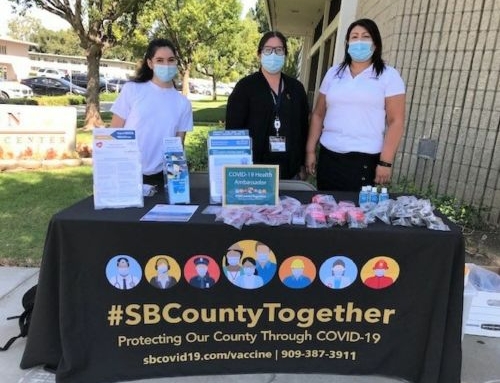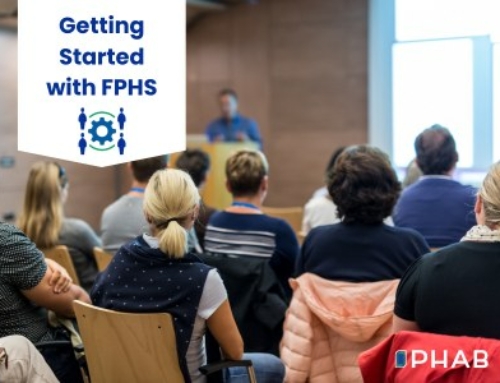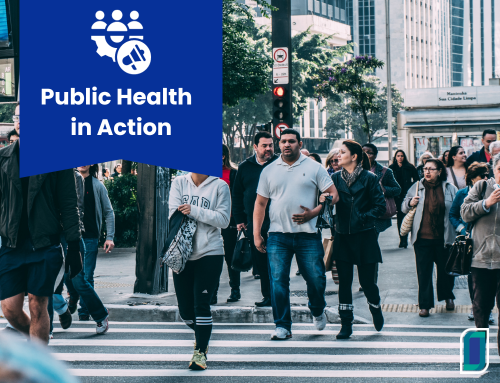Innovation Description
To address the root causes of health inequities, public health organizations are being called to transform the way they do business. In 2017, the Minnesota Department of Health (MDH) Center for Public Health Practice launched a Health Equity Learning Community to support local adoption of health equity practices. The learning community included teams from public health departments in six local jurisdictions and had three primary components: 1) learning community meetings, 2) coaching by MDH staff for each participating local jurisdiction, and 3) local action steps to adopt health equity practices. Interactive learning community meetings provided foundational content and coaching provided individual support for action. An Implementation Guide with details about meeting content and activities is available on the MDH website.
Major Accomplishments
- The project produced tangible results in the six participating local health jurisdictions.
- The project equipped a group of local public health professionals with the tools and training to become health equity leaders within their jurisdictions.
- Coaching by MDH staff led to new insights and new thinking among participants and helped build local capacity for equity practice.
- Engagement ran high and was maintained throughout the learning community.
- The project fostered an understanding of equity as a “practice,” and not just a project.
- The project improved our services, resources, and capacity to provide coaching, consultation, and training on equity.
Barriers & Challenges
- Landing on a starting place for changing practices was at times difficult.
- Trying new things without having a detailed plan and without being an “expert” was met with some reluctance.
- Equity-specific knowledge and skills among participants varied in degree.
- Moving beyond making changes on paper to making lasting changes in practice proved challenging.
- The strong pull of the status quo limited participants’ creativity.
- Applying equity concepts in rural areas posed some challenges, as did a lack of resources related to poverty. but the averages mask significant and persistent disparities in health outcomes for many populations.but the averages mask significant and persistent disparities in health outcomes for many populations.but the averages mask significant and persistent disparities in health outcomes for many populations.
- Maintaining the momentum of teams in transition was difficult, especially in light of the service-based orientation of local health jurisdictions.
Replication Efforts
Health departments interested in addressing the root causes of health inequities can start by putting a plan in place and forming a project team to implement it. The necessary resources must be secured to support the work and recruit teams from local health jurisdictions to participate. The Implementation Guide should be used to execute and evaluate a learning community, and success stories should be shared to identify opportunities to sustain equity work over time.
Resources
- Innovation Summary Document
- Case Study Report





